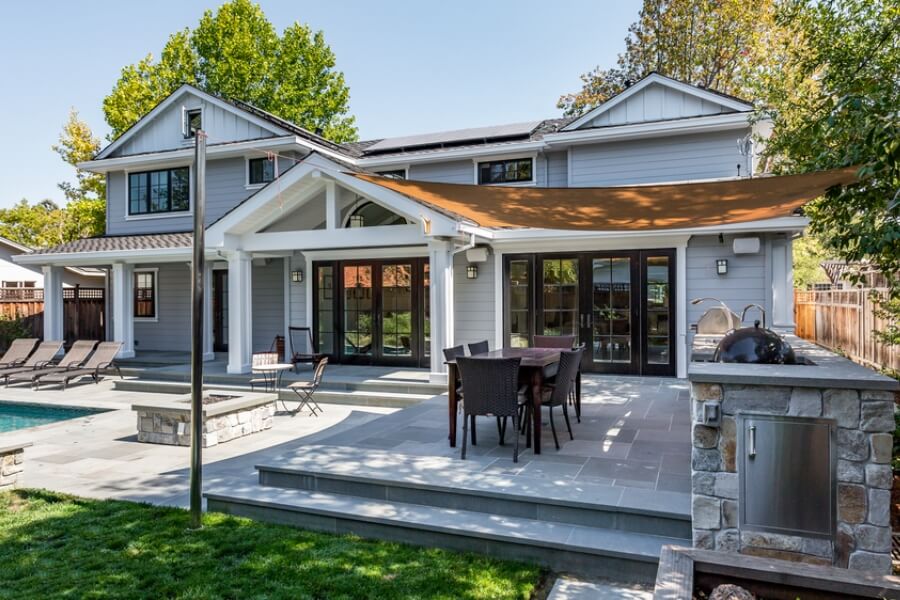When it comes to choosing materials for your backyard patio, you have a lot of options. Two of the most popular choices are concrete and interlocking pavers. Both have their pros and cons, so it’s important to do your research before making a decision. In this blog post, we’ll break down the key differences between concrete and interlocking patios so that you can make an informed decision for your home.
Concrete Patios
Concrete patios are a popular choice because they are affordable and easy to install. Concrete is also a very versatile material, so it can be stamped, stained, or textured to create a variety of different looks. However, concrete does require some maintenance. It can crack over time, especially if it’s not installed properly. And, if you want to change the look of your concrete patio, you’ll need to replace the entire slab.
Interlocking Patios
Interlocking pavers are another popular choice for backyard patios. They are slightly more expensive than concrete but they offer a few key advantages. First, interlocking pavers are much easier to repair than concrete—if one paver cracks or breaks, you can simply replace that one paver without having to redo the entire patio. Second, interlocking pavers offer more design flexibility than concrete because they come in a wide variety of colors, shapes, and sizes. And third, interlocking pavers add value to your home because they are considered a premium material.
There’s no right or wrong answer when it comes to choosing between concrete and interlocking pavers for your backyard patio. It really comes down to personal preference and budget. If you’re looking for an affordable option with a lot of design flexibility, concrete is a good choice. If you’re willing to spend a bit more money for a patio that will last longer and add value to your home, go with interlocking pavers.

